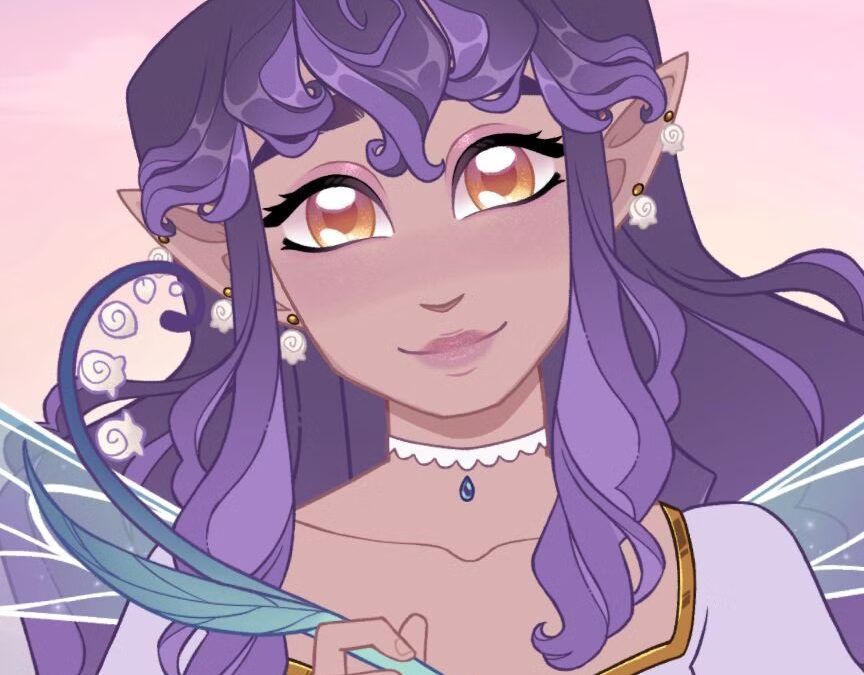
by Michele Kirichanskaya | Jun 26, 2025 | Blog
Purpah is an artist and writer based in Burbank, California. They earned a BFA in Illustration and has since gone on to create “Suitor Armor” on WEBTOON as well as writing for other projects. They live with their partner, their cat Imhotep, and bunny...
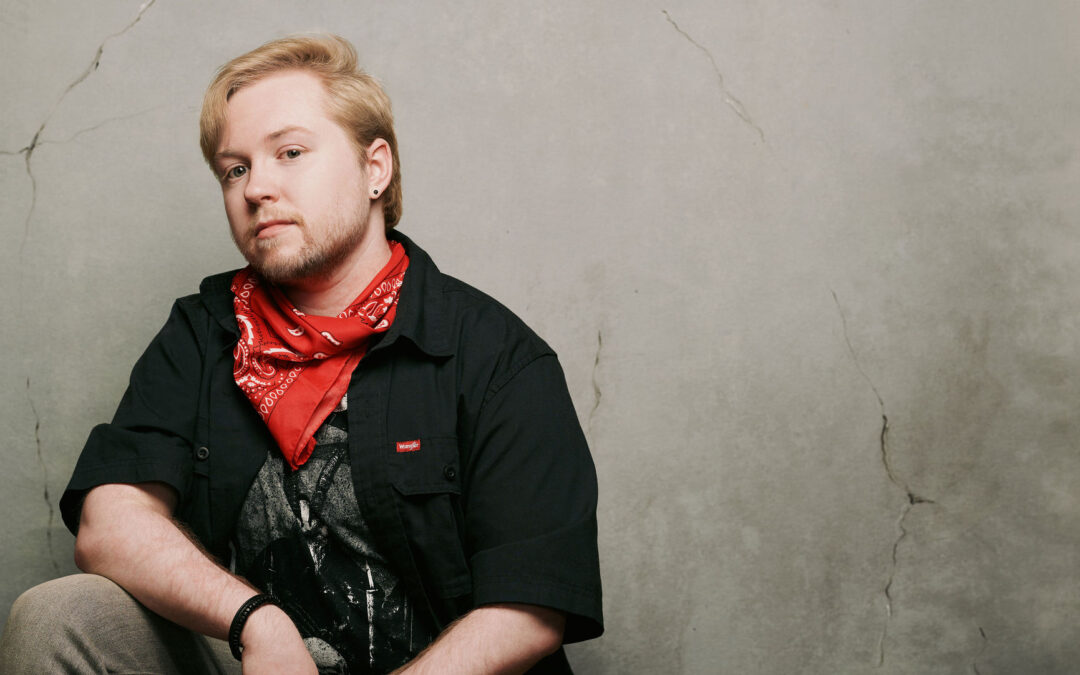
by Michele Kirichanskaya | Jun 24, 2025 | Blog
Andrew Joseph White is the trans, autistic, and bestselling author of Hell Followed With Us, The Spirit Bares Its Teeth, Compound Fracture, and more. His work focuses on the intersection of transgender and autistic identity through the lens of horror, monstrosity,...
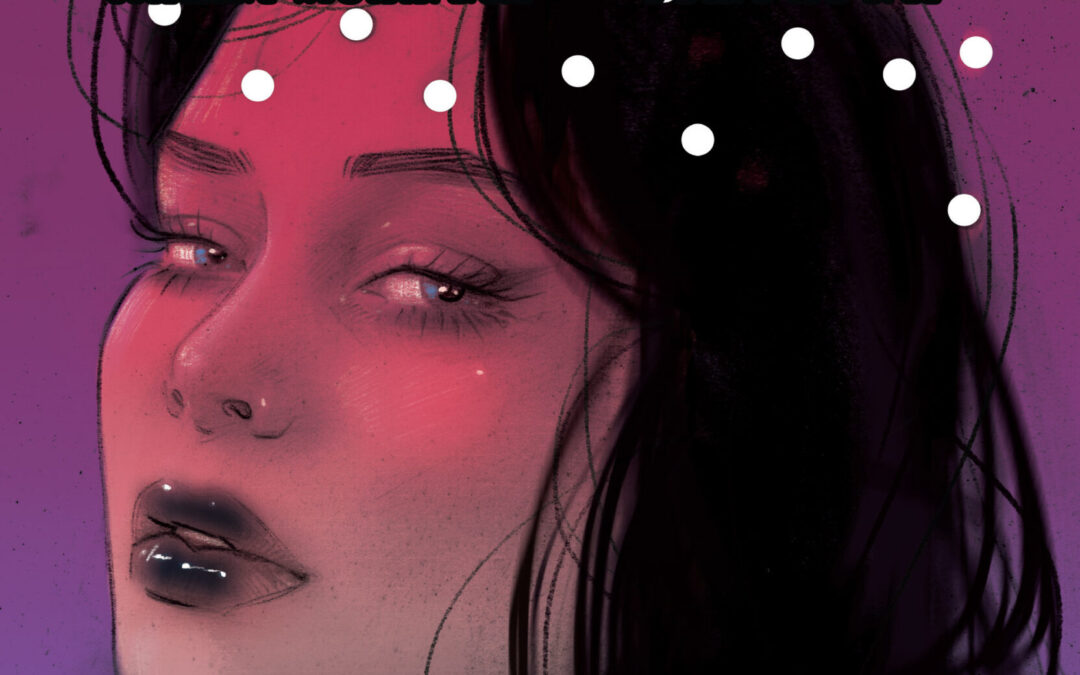
by Rebelle Summers | Jun 13, 2025 | Blog
Myths of the gods and their worshippers – the latter, typically of the feminine persuasion – at their feet have captured the human imagination for centuries. Whether they are devoted disciples, artist’s muses, or, like the subjects from this review,...
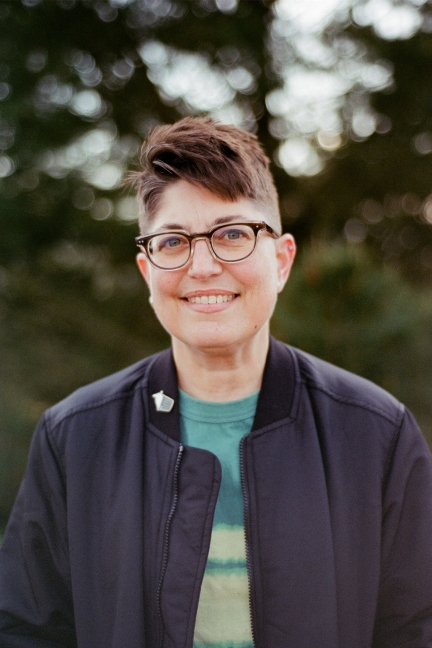
by Michele Kirichanskaya | Jun 11, 2025 | Blog
Annalee Newitz writes science fiction and nonfiction. They are the nationally bestselling author of the books Four Lost Cities: A Secret History of the Urban Age and Stories Are Weapons: Psychological Warfare and the American Mind, and the...
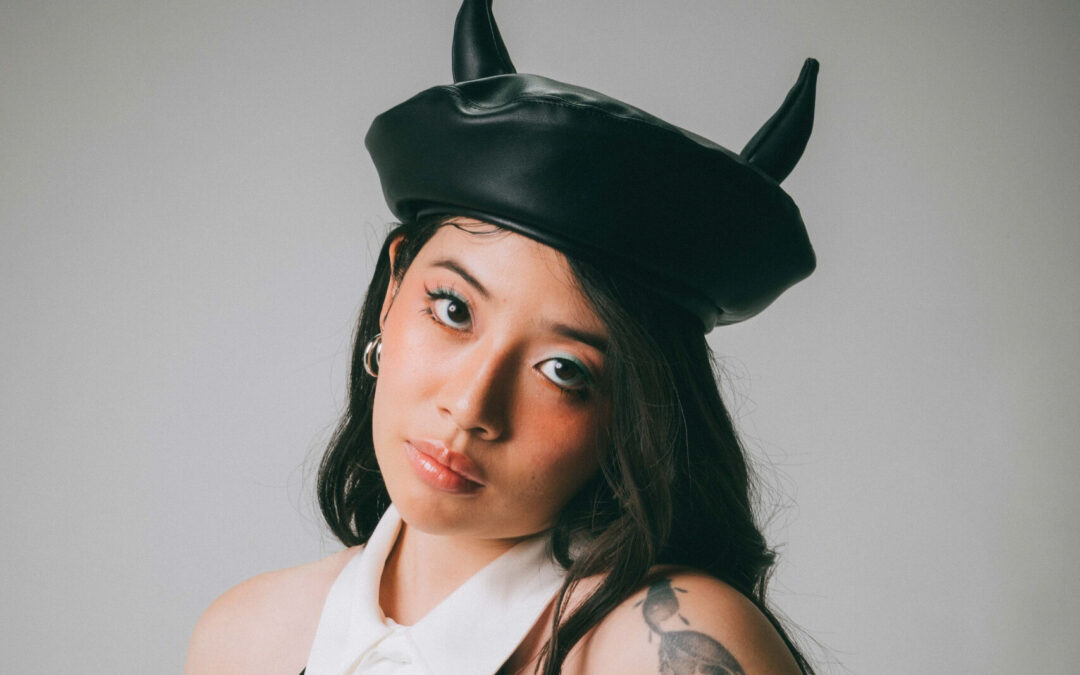
by Michele Kirichanskaya | Jun 4, 2025 | Blog
Named one of Variety’s “Top Ten Animators to Watch” in 2024, creator, showrunner, director and writer Echo Wu has quickly made a name for herself in the entertainment industry through the profound, engaging stories she has bought to life on screen. Echo’s passion for...

by Michele Kirichanskaya | May 29, 2025 | Blog
Miranda is a Washington-based comic artist and layout designer. They strive to tell stories that have a deep emotional impact on their readers and inspire people to reflect on their lives and in turn learn or heal something about themselves. Miranda likes happy...







